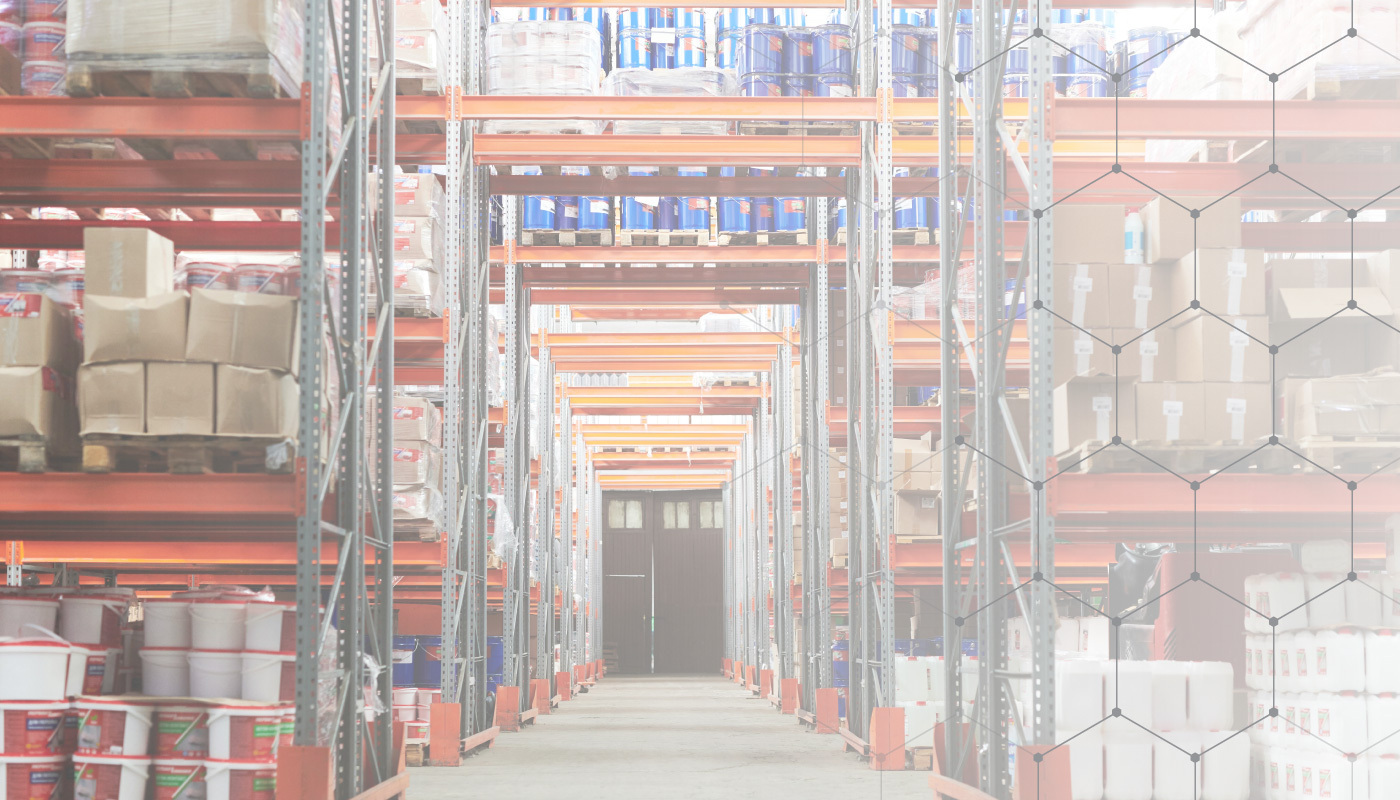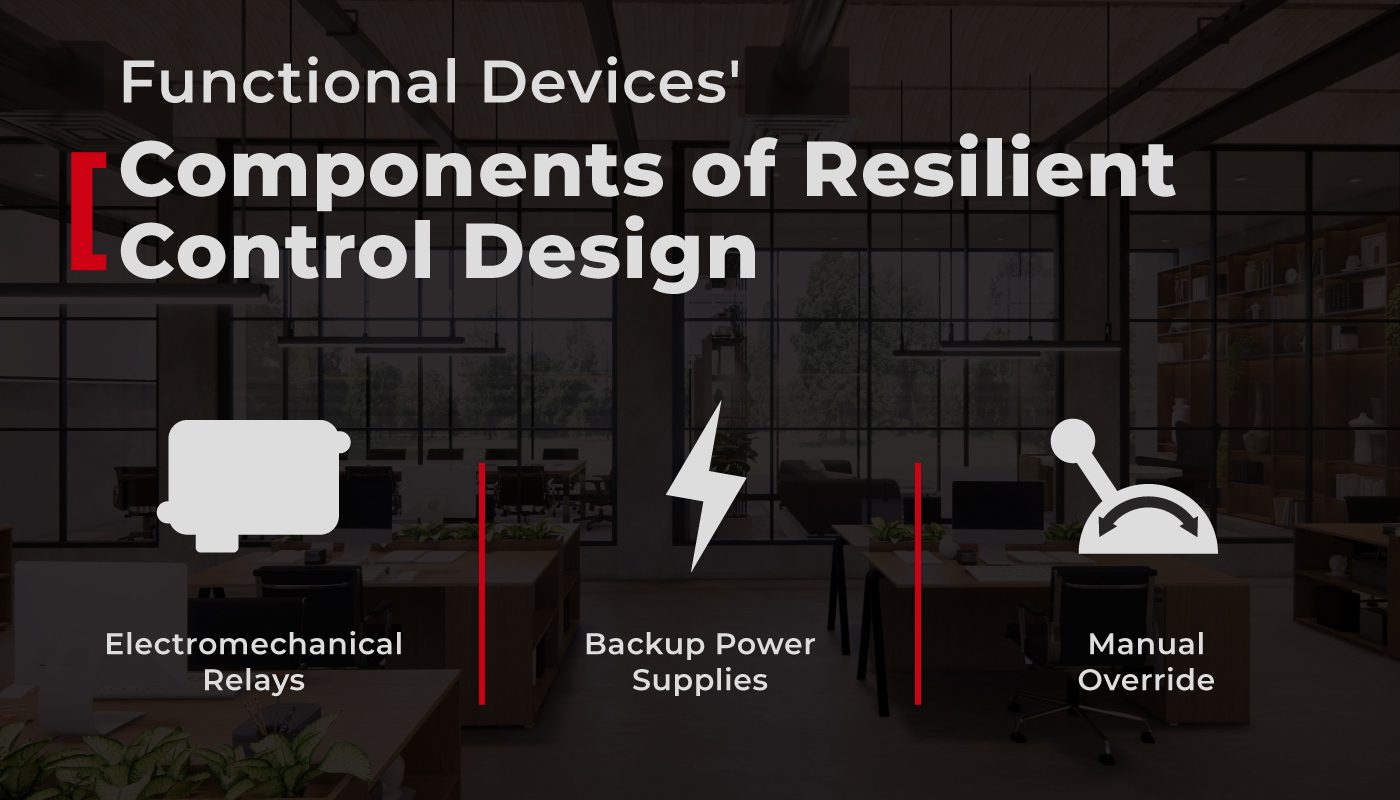Power Failure Protection: Building Automation Controls Guide

Between rising global energy demands and new technologies clashing with old infrastructure, power disruptions occur more often than you might think. That’s why it’s vital for your building automation to not only be efficient but also resilient. With backup systems for building controls in place, building automation during a power failure or network disruption isn’t compromised. That’s good news for any critical functions you need to run 24/7.
Incorporating grid instability building solutions into your building automation system (BAS) improves safety, continuity, and occupant comfort, giving you priceless peace of mind that your systems can weather any storm (literally or figuratively). Let’s explore resilience and the three key components of resilient building control systems.
Here at Functional Devices, we know firsthand the importance of resilience. Experiencing a power outage and building automation malfunction causes a massive headache and potentially interrupted operations, financial loss, data loss, equipment damage, and safety issues. Backup systems for building controls, like our relays, power supplies, and manual overrides, ensure a steady power supply in emergencies. Discover our grid instability building solutions and contact us with any questions.
What Resilient Building Control Systems Look Like in Building Automation
So, what exactly is resilience in building automation? It’s simply the ability of a building’s controls to operate safely and effectively under stress, whether that stress be a loss of grid power, network outage, or equipment failure.
Resilience vs. Redundancy
You may think, “Well, I already have redundancy measures in place, so I’m good to go.” But not so fast. While redundancy is an essential part of resilience, it’s not sufficient on its own.
Redundancy measures include backup systems for building controls that can help prevent immediate failure by duplicating specific systems or components.
Resilience, however, is a broader concept and encompasses a larger span of capabilities, including:
- Redundant power supplies to maintain functionality
- Prognostics, predictive maintenance, and the ability to forecast potential threats or problems
- Robust yet adaptable systems, resistant to damage, and able to respond to modified management in response to disruptions
- The infrastructure (including equipment and personnel) to quickly restore power supplies and repair any damage
- The ability to monitor, learn, evaluate, and adapt during and after events to improve resilience
Resilience exceeds redundancy, requiring smart design choices across hardware and system architecture. It takes a coordinated approach of personnel, technology, and operational strategy.
Application Scenario
Let’s take a quick look at a practical example to illustrate. During a grid failure at a large school, here’s what resilient infrastructure might look like:
- Backup systems for building controls to maintain critical functions.
- Redundancy
- Emergency lighting controls
- On-site or local sources (e.g., solar panels; charged batteries)
- Microgrid
- Responsive smart monitoring and energy management to optimize power usage
- Seamless transition to backup systems
- Rapid and smooth recovery of operations after restored grid power
- Evaluation after the failure to improve resilience
Resilience ensures school operations can proceed as usual, an interruption of which would cause a cascade of adverse effects.
Core Electrical Components of Resilient Control Design
Now that you have a bird’s eye view of resilience as a broader concept, let’s get more specific about the electrical devices necessary to ensure functioning building automation during a power failure. Here are three must-have components.

Robust Relays: The Frontline of System Control
When digital networks go down, you still need physical control of your BAS, including lighting, HVAC, and emergency systems. Electromechanical relays (EMRs) are the answer, providing reliable switching based on predefined logic (i.e., sequences) that continue to ensure safety and isolation between control and load circuits.
Onboard logic means that EMRs can be programmed to switch in specific ways, providing predictable failure modes. You won’t be left guessing what happens next if the network goes down or power fails. You’ll already know what your EMRs will do because you’ve set them up to implement backup systems or failover mechanisms. When an issue occurs, relays are the first responders.
Backup Power Supplies: Keeping the Brain Alive
We’ve been talking a lot about backup power, which can take many forms (listed above). To ensure you can use that backup power, you’ll need a backup power supply, a device that converts source power into usable load form.
Control systems and sensors rely on uninterrupted low-voltage power, but power from a solar battery, generator, or microgrid may be high-voltage. A power supply enables these backup energy sources to quickly jump into action in the event of a failure.
Moreover, some power supplies can provide their own electricity source, ensuring devices stay operational during outages. These types of power supplies implement an Uninterruptible Power Supply (UPS), like battery backup or failover capability, to provide a continuous flow of electricity.
Manual Override: Human-in-the-Loop Safety Net
Finally, you need well-trained staff to maintain manual control during automation system failure. Sometimes, resilience measures fall short, and your BAS malfunctions. To allow critical systems to keep functioning, someone needs to step in and steer the ship.
Manual switches and override features allow building personnel to control systems in the event of automation system failure, which can be helpful for emergency lighting, ventilation, or HVAC control. A manual override is simply a physical switch or interface that allows the user to bypass or take control of an automated system.
Besides allowing power to reach critical systems, manual overrides can help facility managers navigate unpredictable situations, enhance safety, and facilitate troubleshooting and maintenance.
Grid Instability Building Solutions by Functional Devices
Unfortunately, grid instability is not a passing trend; therefore, resilience must be one of your core design objectives. With the right relays, power supplies, and manual overrides, you can protect your building’s people, assets, and performance with reliability, simplicity, flexibility, and durability.
Functional Devices’ grid instability building solutions cover a wide range of needs. Here’s some of what we offer:
- Relays with optional onboard logic and time-delay features for autonomous control
- Power supplies for uninterrupted power, available in AC, DC, or UPS-integrated options
- Relay boards with onboard manual override switches
- Emergency lighting controls
We’re here to help you build resilient control systems and confidence in your BAS, no matter the circumstances. If you’re unsure where to start, our engineers would happily hop on a call and answer all your questions.

